Rare Total Solar Eclipse Mesmerizes Millions in North America
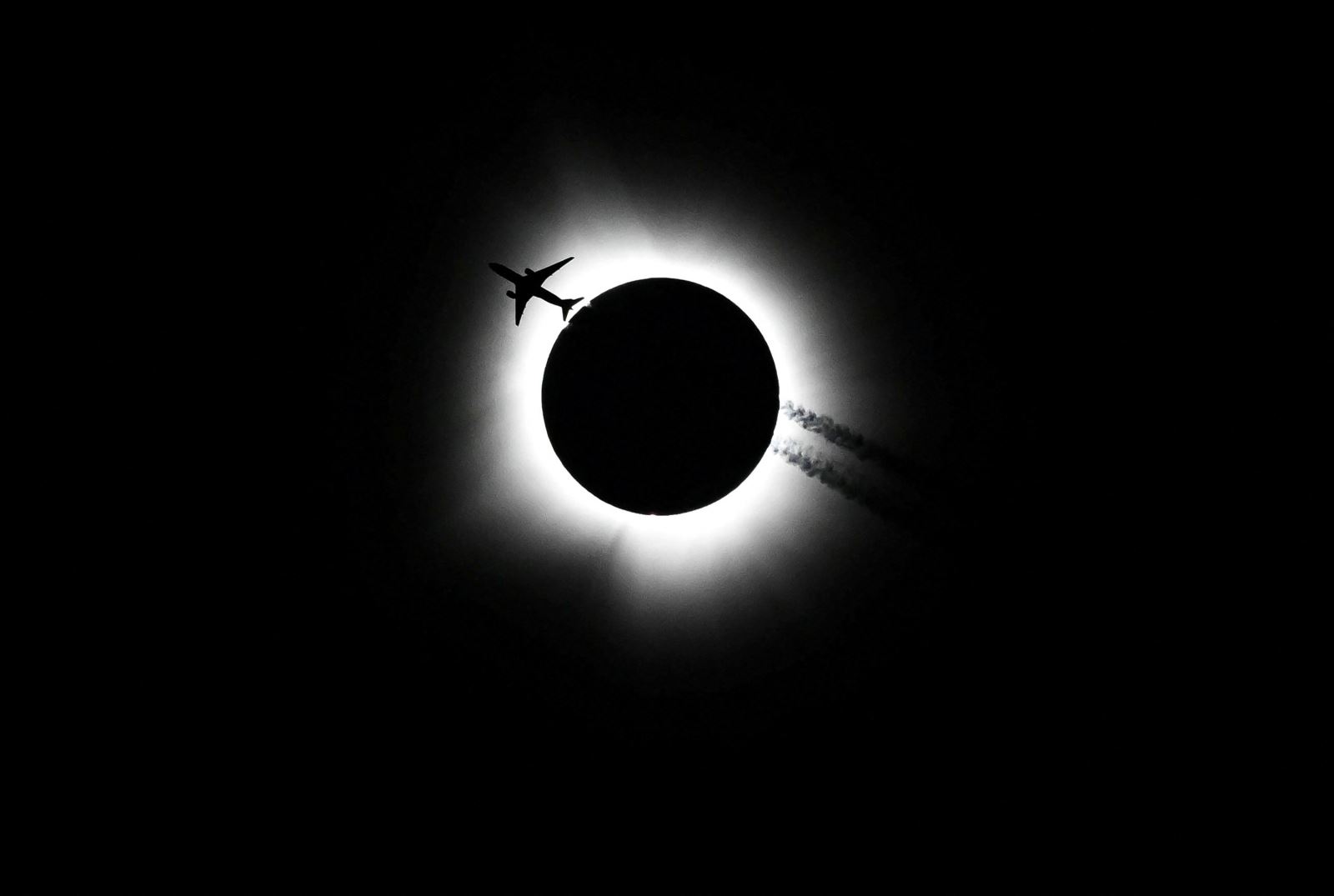
People across North America, including the United States, Canada, and Mexico, were captivated by the movement of the moon as it cast a shadow over the majority of the region on the afternoon of April 8. This rare total solar eclipse was the last of its kind to be visible across much of North America until the 2040s.
The power of the moon’s darkness engulfed a wide swath of Mexico, the US, and Canada on Monday, April 8, as the first total solar eclipse in 7 years plunged the day into darkness, reminding us of our place in the universe.
For over four hours, the moon’s shadow consumed the vibrant orange glow of the sun, leaving only the silver light of the corona. This celestial spectacle traced a path from the southwest to the northeast, captivating sky-watchers from the beaches of Mexico to the plains of Texas, the roaring waters of Niagara Falls to the rugged coastlines of Newfoundland.

The city of Mazatlan in northern Mexico was the first major city in North America to experience the total solar eclipse at 2:07 p.m. local time, lasting for 4 minutes and 28 seconds.
Thousands of people gathered on streets, beaches, and wherever they could find a vantage point in Mazatlan to witness the eclipse. The crowd erupted in cheers, applause, and whistles as the total eclipse unfolded.
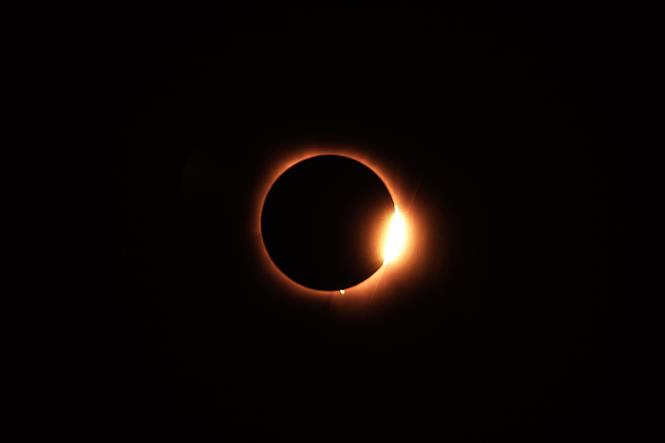
Following the appearance of the eclipse in Mazatlan, Mexican President Andres Manuel Lopez took to social media to express his gratitude for the opportunity to witness this extraordinary celestial event alongside his cabinet members. President Lopez also visited Mazatlan to observe the eclipse in person.
Mazatlan was just one of the many areas within the 185-kilometer-wide, 16,000-kilometer-long central path of the eclipse, which cut across North and Central America. After Mazatlan, the eclipse continued its journey through US states, including Texas, Indiana, Pennsylvania, and New York. It was estimated that 15 states in the US would be able to observe the northeastward eclipse path for over an hour. This was the first total solar eclipse visible in North America since 2017.
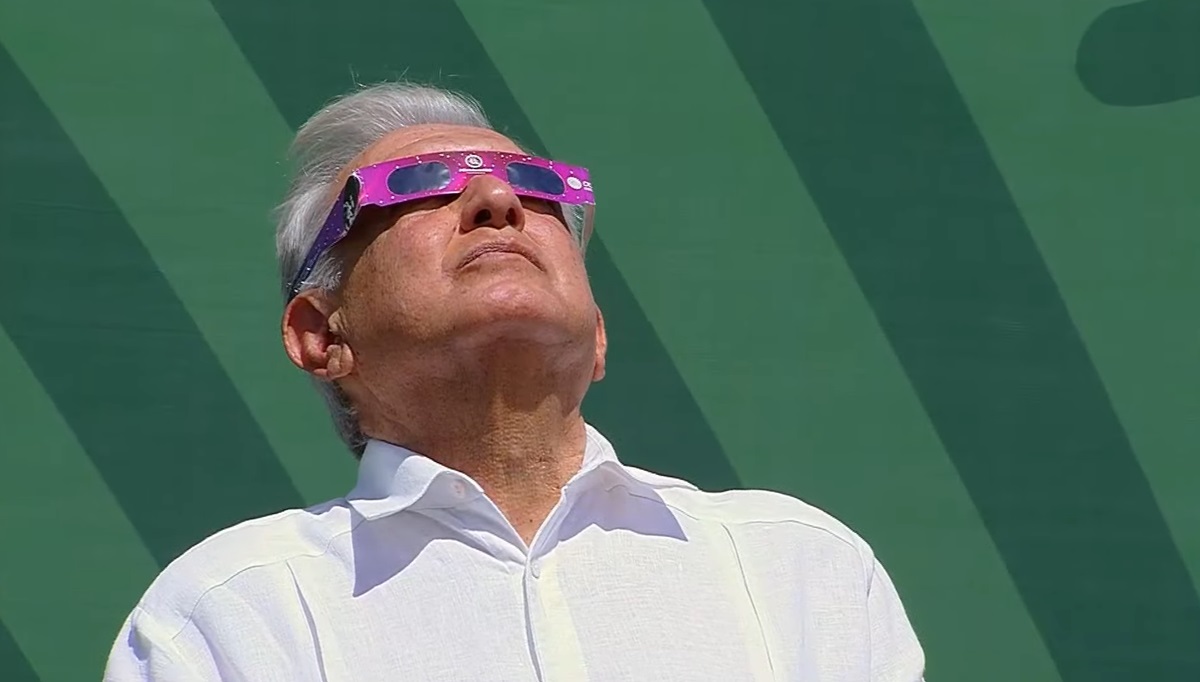
When the eclipse began to appear in major US cities, citizens were filled with excitement and anticipation for this special event.
Numerous eclipse viewing events were organized at bars, stadiums, fairs, and parks across many US states. At Niagara Falls, people gathered to witness the eclipse next to the roaring water, with hundreds of individuals dressed as the Sun.
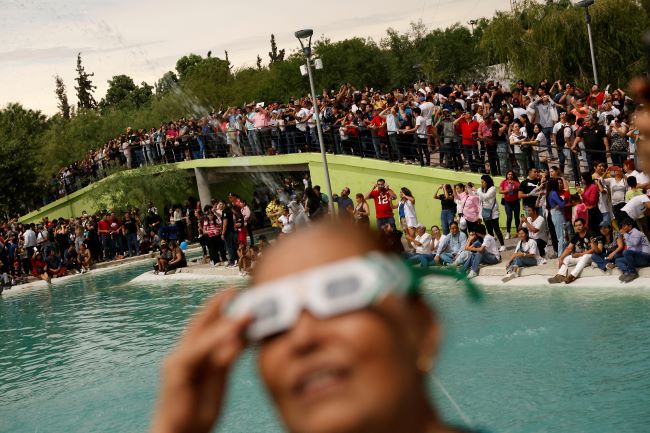
In Washington D.C., crowds gathered at the National Mall to witness the eclipse firsthand.
A total solar eclipse occurs in four forms depending on the positions of the Sun, Moon, and Earth at the time of the event: total solar eclipse, partial solar eclipse, annular solar eclipse, and hybrid solar eclipse.
When the Moon completely obscures the Sun, the areas within the Moon’s shadow experience a total solar eclipse. The sky darkens, and those within the path of totality can catch a glimpse of the shimmering silver corona surrounding the Sun.
It was an awe-inspiring phenomenon, with people donning solar glasses or other safety equipment to observe this celestial wonder. Americans across the eclipse’s path eagerly watched as the Moon’s shadow gradually grew larger until the light was extinguished. In some places, the sky darkened for around 4 and a half minutes.
The next opportunity to see a total solar eclipse in all 48 US states and Canada will not occur until 2044. To witness a total solar eclipse before then, Americans will have to travel abroad, as the next event will take place in August 2026 and sweep across Europe, including Iceland and Spain.
Aside from the fortunate few who witnessed the total eclipse, hundreds of millions of Americans experienced a partial eclipse. In Chicago, the Sun was obscured by approximately 94%. In Boston, 93%. In New York and Philadelphia, people enjoyed a 90% eclipse.
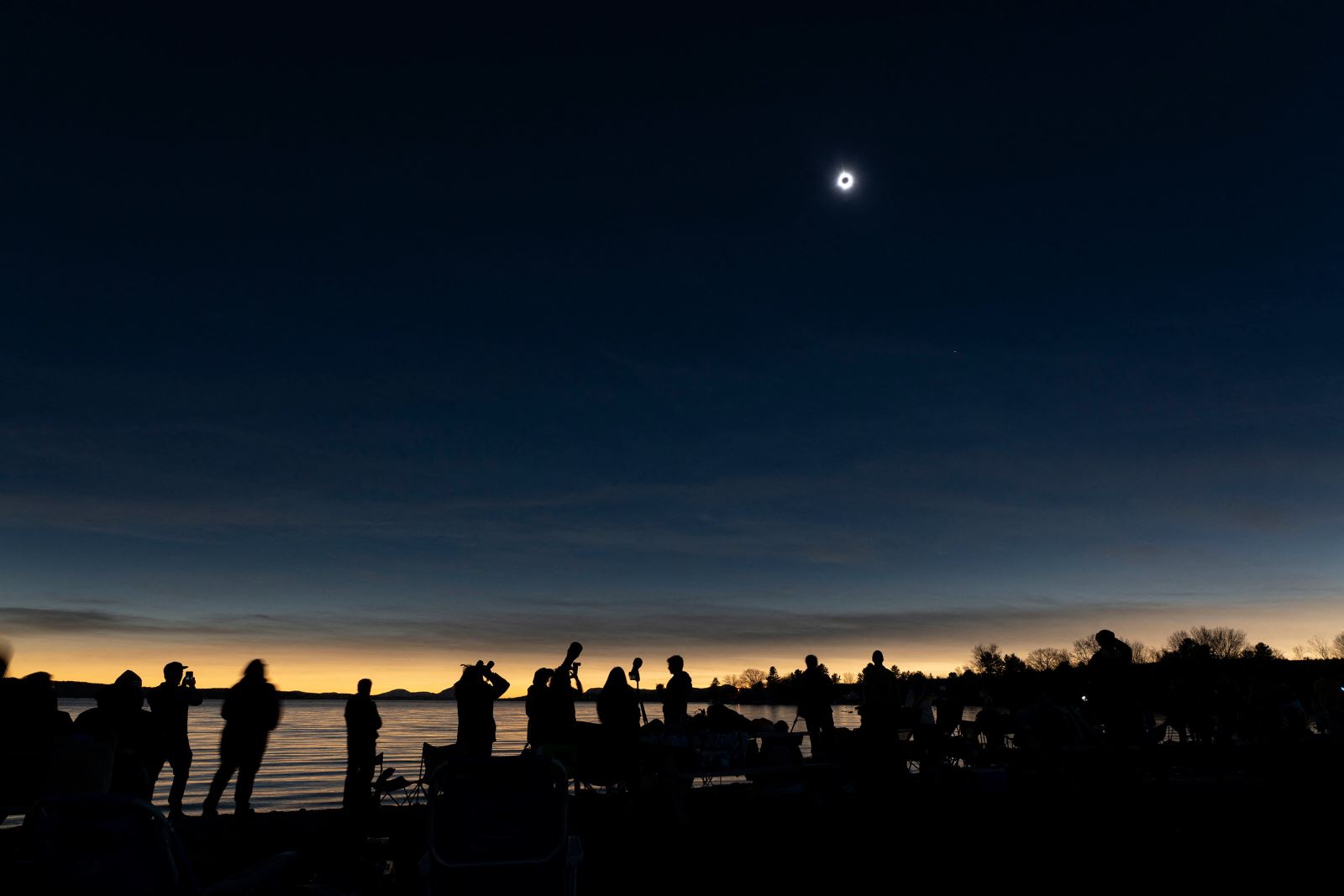
The cloud cover turned out to be better than expected. Thin clouds along the eclipse’s path allowed for a full display of this marvelous celestial event. Even in places forecasted for cloud cover, such as Texas and western New York, the actual weather conditions were more favorable. Approximately 32 million people live along the eclipse’s path in the US, and countless others traveled to experience the phenomenon firsthand.
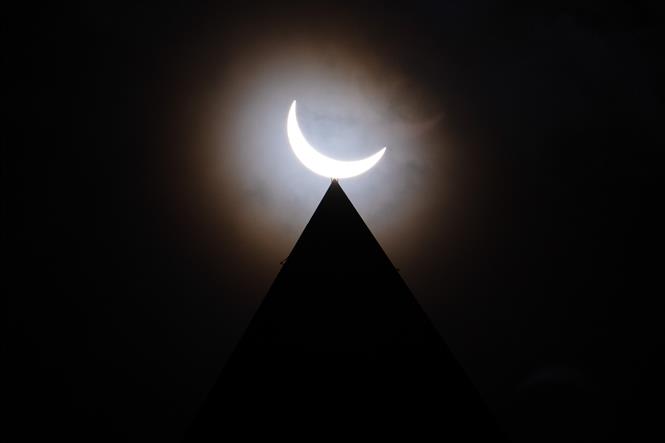
According to Space.com, there are four types of solar eclipses, depending on the positions of the Sun, Moon, and Earth during the event: total solar eclipse, partial solar eclipse, annular solar eclipse, and hybrid solar eclipse.
When the Moon completely blocks the Sun, the areas within the Moon’s central shadow experience a total solar eclipse. The sky gradually darkens, and those within the path of totality catch a glimpse of the Sun’s shimmering corona.
